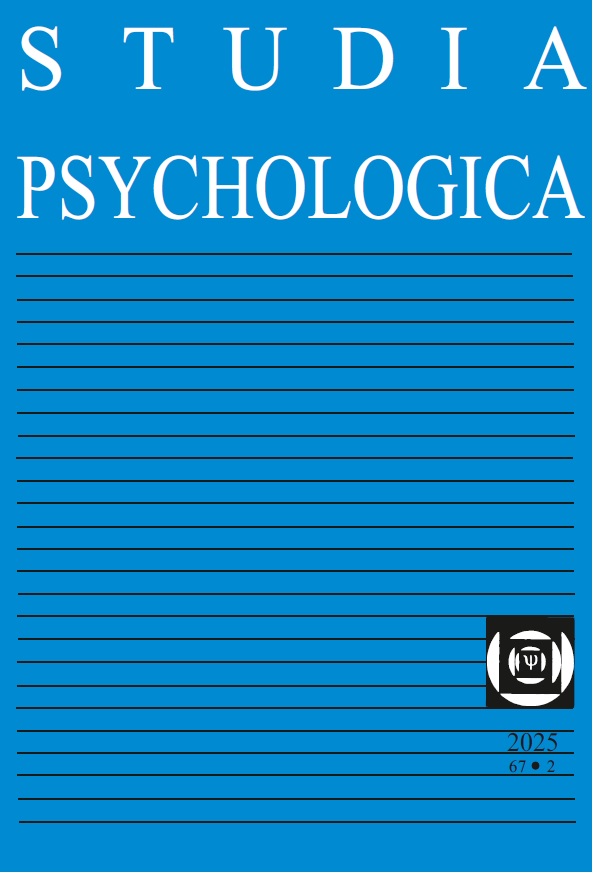Second Language Shapes Emotional Facial Expression Perception, but Only When Words are Unmasked: Evidence from Masked and Unmasked Affective Priming Paradigms
DOI:
https://doi.org/10.31577/sp.2025.02.917Keywords:
Emotion-label words, Emotion-laden words, Emotional facial expression, valence, second languageAbstract
The present study explored the influence of second language (L2) emotion words on the perception of emotional facial expressions. Our study encompassed two types of L2 emotion words: emotion-label words (Experiments 1a, 2a, 3) and emotion-laden words (Experiments 1b, 2b, 4). Five cohorts of Chinese- English bilingual individuals (with a total of N = 144 for all experiments) were assigned the task of evaluating the valence of faces that were presented subsequent to being preceded by either masked or unmasked second language (L2) emotion words serving as primes. The affective priming effects were scrutinized across both masked and unmasked conditions between emotion-label words and emotion-laden words in L2. Surprisingly, despite an increase in L2 proficiency, neither the emotion-label words nor the emotion-laden words were able to impact emotional facial expression perception in the masked priming
paradigm. However, in the unmasked priming condition, both types of emotion words demonstrated a priming effect on emotional facial expression perception. These findings are in agreement with the disembodied account, which posits that L2 emotion words are not processed affectively. They highlight the significance of utilizing diverse emotional stimuli to investigate the intricate interplay between emotion and bilingualism.
Downloads
Published
Issue
Section
License
Copyright (c) 2025 Studia Psychologica

This work is licensed under a Creative Commons Attribution-NonCommercial 4.0 International License.


